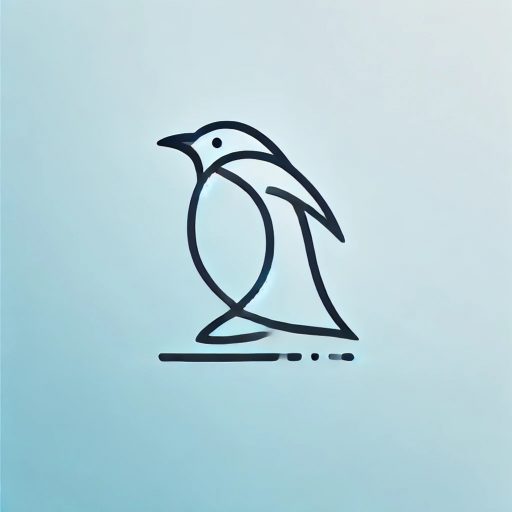Fortuna Bay
Fortuna Bay, located on the north coast of South Georgia, offers a captivating blend of history and natural beauty. This scenic bay, surrounded by mountains and glaciers, played a minor yet notable role in South Georgia’s whaling era and is renowned for its rich wildlife populations.
Today, Fortuna Bay stands as a prime location for tourists and researchers, offering insight into both the island’s industrial past and its ecological significance.
Discovery and Historical Ties to Whaling
The history of Fortuna Bay is closely connected to the early exploration and exploitation of South Georgia. Like other areas on the island, the bay was charted and named during the early 20th century, when sealers and whalers explored the region.
The bay derives its name from the Fortuna, a whaling ship that operated in South Georgia’s waters. Early sealers and whalers visiting the bay would find it an ideal location due to its relatively calm waters and proximity to the rich feeding grounds in the Southern Ocean.
During the height of the whaling era in South Georgia, ships like the Fortuna used this bay as an anchorage and staging area. The bay’s protected waters made it ideal for smaller vessels transporting processed whale oil and other products to nearby whaling stations, such as Grytviken and Leith Harbour.
Unlike these larger whaling stations, Fortuna Bay never developed into a full-scale processing site. However, it served as a critical waypoint within South Georgia’s maritime economy, facilitating the movement of resources between whaling sites on the island.
The Decline of Whaling and Transition to Conservation
With the decline of global whale populations and the eventual cessation of whaling in South Georgia in the 1960s, Fortuna Bay shifted from an economic resource to an area of conservation interest. In recent decades, South Georgia’s government and conservation groups have focused on restoring the island’s ecosystems, implementing protections for marine life and limiting human impact on the island.
Fortuna Bay, largely untouched by industrial development, became an area where wildlife could thrive, contributing to South Georgia’s reputation as a premier conservation zone.
Wildlife of Fortuna Bay and Surrounding Areas
Fortuna Bay is home to a diverse range of wildlife, making it a prime location for viewing South Georgia’s rich ecosystems. Its beaches, hills, and surrounding waters support large populations of marine mammals and birds, providing ample opportunities for both casual visitors and researchers to observe Antarctic and sub-Antarctic species in their natural habitat.
Marine Mammals: Seals and Penguins
Fortuna Bay’s beaches are often teeming with marine mammals, particularly Antarctic fur seals and southern elephant seals. The fur seals, once nearly eradicated by 19th-century sealers, have rebounded due to conservation efforts and now populate much of South Georgia’s coastline. In the breeding season, large colonies gather along the shores, where visitors can observe their behaviours, from territorial displays to interactions with their pups. Southern elephant seals, known for their size and the distinctive proboscises of adult males, are also prevalent. They often engage in fierce battles during mating season, creating a dramatic scene along the bay’s shores.
Fortuna Bay is also home to king penguins, whose colonies dot the coastal landscape. The king penguin rookery is one of South Georgia’s more accessible colonies, attracting significant interest from tourists. These penguins, with their distinctive orange and yellow markings, form dense groups as they incubate eggs, rear chicks, and interact in complex social structures. The sight of thousands of king penguins against the backdrop of Fortuna Glacier is one of the most iconic images associated with South Georgia.
Birdlife: Albatrosses and Seabirds
The hills and cliffs surrounding Fortuna Bay provide habitat for several species of seabirds, including the wandering albatross and several petrel species. The wandering albatross, with its massive wingspan, is particularly notable, as South Georgia serves as one of the primary breeding grounds for this iconic bird. Albatrosses, which spend much of their lives at sea, return to South Georgia’s cliffs to nest, offering visitors the chance to observe them up close.
Other bird species frequently spotted around Fortuna Bay include skuas, which often prey on penguin chicks, and sheathbills, scavengers that roam the beaches in search of food scraps. This diversity of birdlife, alongside the thriving penguin colonies, makes Fortuna Bay a valuable site for ornithologists and wildlife enthusiasts.
Fortuna Bay Today: Tourism and Natural Heritage
In recent decades, Fortuna Bay has gained popularity as a tourist destination, known for its spectacular scenery and thriving wildlife. Managed as part of South Georgia’s conservation initiatives, Fortuna Bay sees controlled visitor numbers, with guided tours ensuring minimal environmental impact. Visitors typically arrive by ship, often as part of Antarctic or South Georgia expedition cruises, and spend time exploring the bay’s beaches and observing its wildlife.
One of the highlights of visiting is the opportunity to hike the section of the Shackleton Walk that leads from Fortuna Bay to Stromness Bay. This route retraces part of the journey that Sir Ernest Shackleton and his crew undertook in 1916 during their harrowing trek across South Georgia to find rescue.
Although Shackleton’s original route did not pass through Fortuna Bay, this designated trail provides a symbolic link to his journey, offering visitors a taste of the rugged terrain and conditions faced by Shackleton’s team.
Fortuna Bay, with its rich natural habitat and historical ties to South Georgia’s whaling past, offers a unique perspective on the island’s transformation from an industrial outpost to a conservation-focused haven.
Its abundant wildlife, dramatic landscapes, and connection to polar exploration make it a compelling destination for those interested in both history and nature. Today, this stunning location stands as a testament to South Georgia’s complex legacy, blending echoes of the past with a commitment to preserving the island’s natural heritage.
Further Reading
The Government of South Georgia & the Sandwich Islands has some good information on their website.
Back To Top
